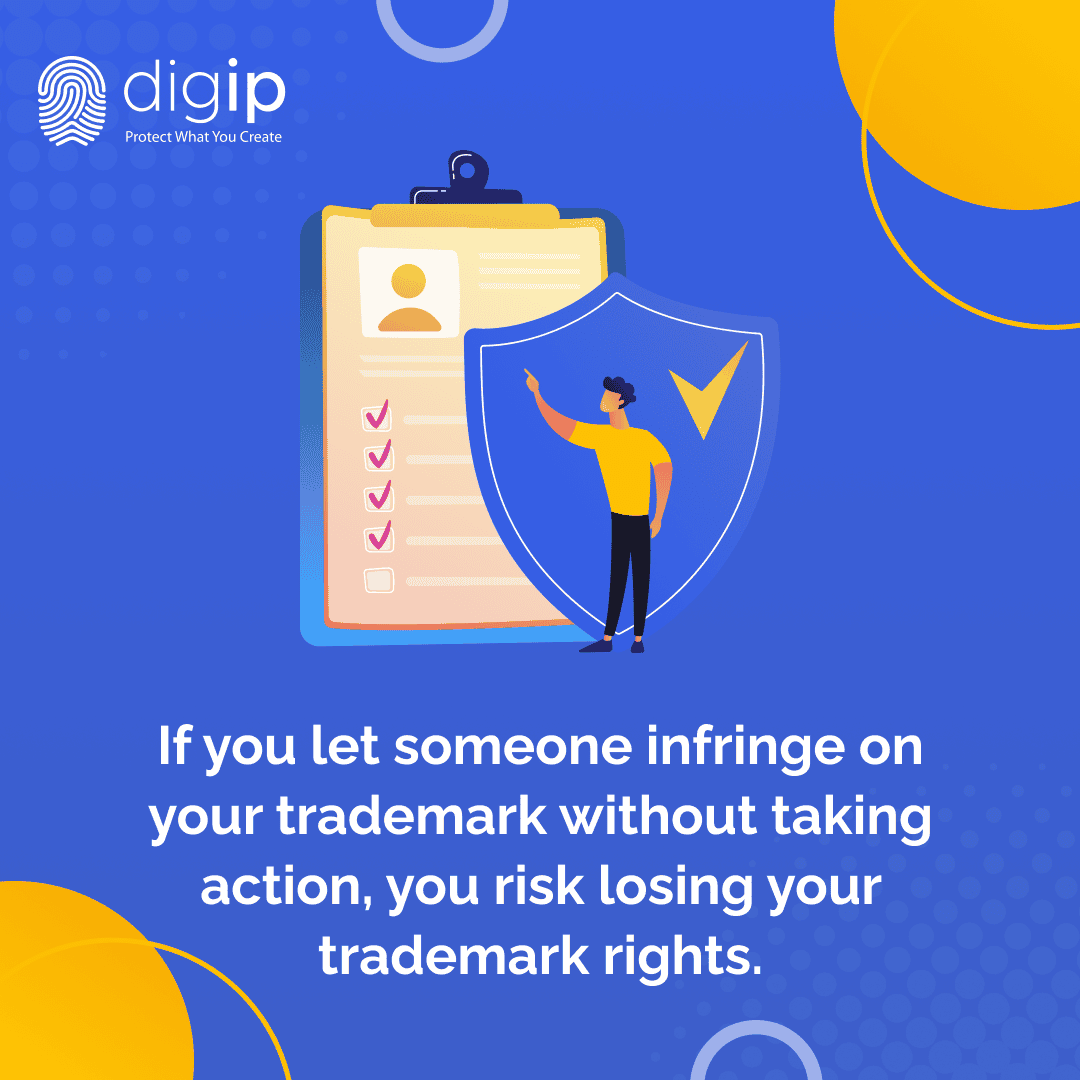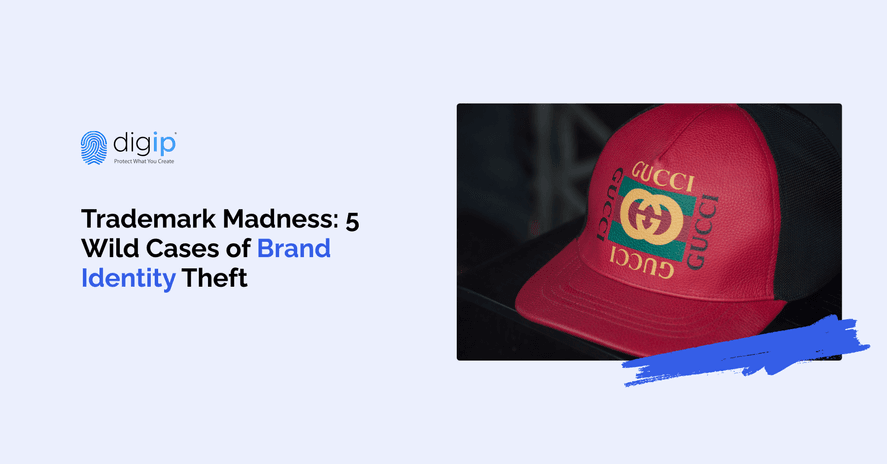
- Trademark
How to Respond to Trademark Infringement
After you've put in the work to secure a registered trademark—and used it in commerce to build up goodwill with customers—the last thing you want is for someone to steal your mark, especially if you’re a small business owner.
In this guide, we'll walk you through what infringement is and the various steps that trademark holders should take to protect their rights.
What Qualifies as Trademark Infringement?
Trademark infringement is the unauthorized use of a trademark in connection with competing goods and/or services, resulting in confusion among consumers. This may result in lost sales and damage to your brand.
It can be difficult to determine whether your trademark rights have been infringed on. If you suspect that your brand has been copied, you can evaluate the case based on these trademark infringement elements:
- The form of the marks - Are the two marks identical or very similar, either in phonetic sound or visual appearance?
- The similarity of the commodity - Do the goods or services associated with the infringing mark directly compete with yours?
- The market for the commodity - Are the infringing goods or services sold in the same geographic area and/or online marketplaces as yours?
- The infringing use - Does the use of the mark suggest a connection with your product? For example, if the infringer uses your mark on its own products, or uses your mark in a way that suggests it is an authorized dealer of your products.
- The strength of your mark - Is your mark already well-known and easily recognizable by consumers? Note that infringers stand to benefit more from appropriating a distinctive, well-known mark.
If you can identify similarities between the suspected mark and yours, and a plausible motive to capitalize on your trademark, you may have a strong case for infringement.
Taking Action to Stop Infringement
While registering your business name and logo with the US Patent and Trademark Office (USPTO) grants you rights to protection under trademark law, it does not automatically prevent your marks from misuse. You’ll have to be proactive and enforce your rights to stop others from infringing on your intellectual property.
Once you have determined infringement, contact a legal expert. They can guide you through the process of enforcing your intellectual property rights and help you avoid any costly mistakes.
Here are some steps you can take to enforce your trademark:
Send a Cease-and-Desist Letter
Legal experts recommend sending a cease-and-desist letter as your first act of defense. This is a formal demand for the infringer to stop using your mark, specifying the infringing use and how it violates your rights as a registered trademark holder. The letter should also state a threat of legal action if the accused does not comply.
You aren’t required to employ a lawyer to prepare a cease-and-desist letter. But if you're not sure what to include in your letter, or how to word it in order to get the desired response without crossing any ethical lines, you may want to consider hiring one.
A cease-and-desist letter sent by an independent claimant, like a small business owner, is not legally binding. However, sending this letter can often be enough to get an infringer to stop using your mark. Aim to send it out as early as possible.

File a Formal Complaint
If the accused continues to use your mark despite your formal warning, you may need to file a complaint to stop the infringement. This could involve reporting the merchant to the online platforms where the infringing content is hosted, or filing a lawsuit in court.
If you’d like to pursue a civil action in federal or state court, you should be able to demonstrate that the accused party's act can result in damage to your business' finances or reputation. If you are able to prove infringement, the infringer may face penalties including:
- An order to stop using your mark
- An order to destroy or surrender all printed and digital materials that infringe on your mark
- An obligation to compensate you for any lost sales or damage to your reputation, and in some cases, for the costs of legal proceedings
The remedies you will receive will depend on how egregious the infringement is.
Statute of Limitations for Trademark Infringement
The Lanham Act, the federal law which sets the groundwork for trademark rights in the US, does not specify a statute of limitations for trademark infringement. This means that most cases will be subject to state law, which can vary widely in terms of when the limit starts ticking and what constitutes a cause of action.
A statute of limitations is a law that sets time limits for bringing legal action against an offender. If you don't file a case within these time limits, you lose your right to do so forever. This can be especially problematic when it comes to trademark suits, as they often involve lengthy periods of time between when a trademark holder becomes aware their name is being used without permission and when they actually file.
We recommend filing an action as early as possible after learning about an infringing use or any other violation of your rights as a trademark owner.
Challenge a Domain Name
Trademark infringement can also occur when someone registers a domain name that is strikingly similar to your mark, intending to sell it back to you at an inflated price. This practice is known as cybersquatting, and it's more common than you would think.
If you believe this has happened to you, you can file a complaint with one of the ICANN's dispute resolution providers. As the authority overseeing domain name registration, they can launch an investigation into any complaints of domain trademark infringement.
How to Avoid Trademark Infringement
The best, most cost-effective way to protect your trademark is to keep track of how your mark is being used by others. This will allow you to take action before too much damage is inflicted on your brand.
You can monitor your mark by periodically searching for it on social media, online search engines, and intellectual property firms. You can automate this process using a trademark monitoring service.
Trademark monitoring services, also called trademark watch services, scan the internet and global trademark databases for uses of your mark and others that are strikingly similar. Some providers, like Digip, send reports out periodically to ensure you don't miss a single opportunity to defend your mark.
If you notice someone infringing on your trademark, address it in a timely manner. Otherwise, your trademark rights may be diluted over time.
Disclaimer
This article is intended to provide helpful information and should not be taken as legal advice. If you feel that your trademark is being infringed upon, you should consult with a legal expert for specific advice and assistance.
Protect your brand today!
- Trademark



